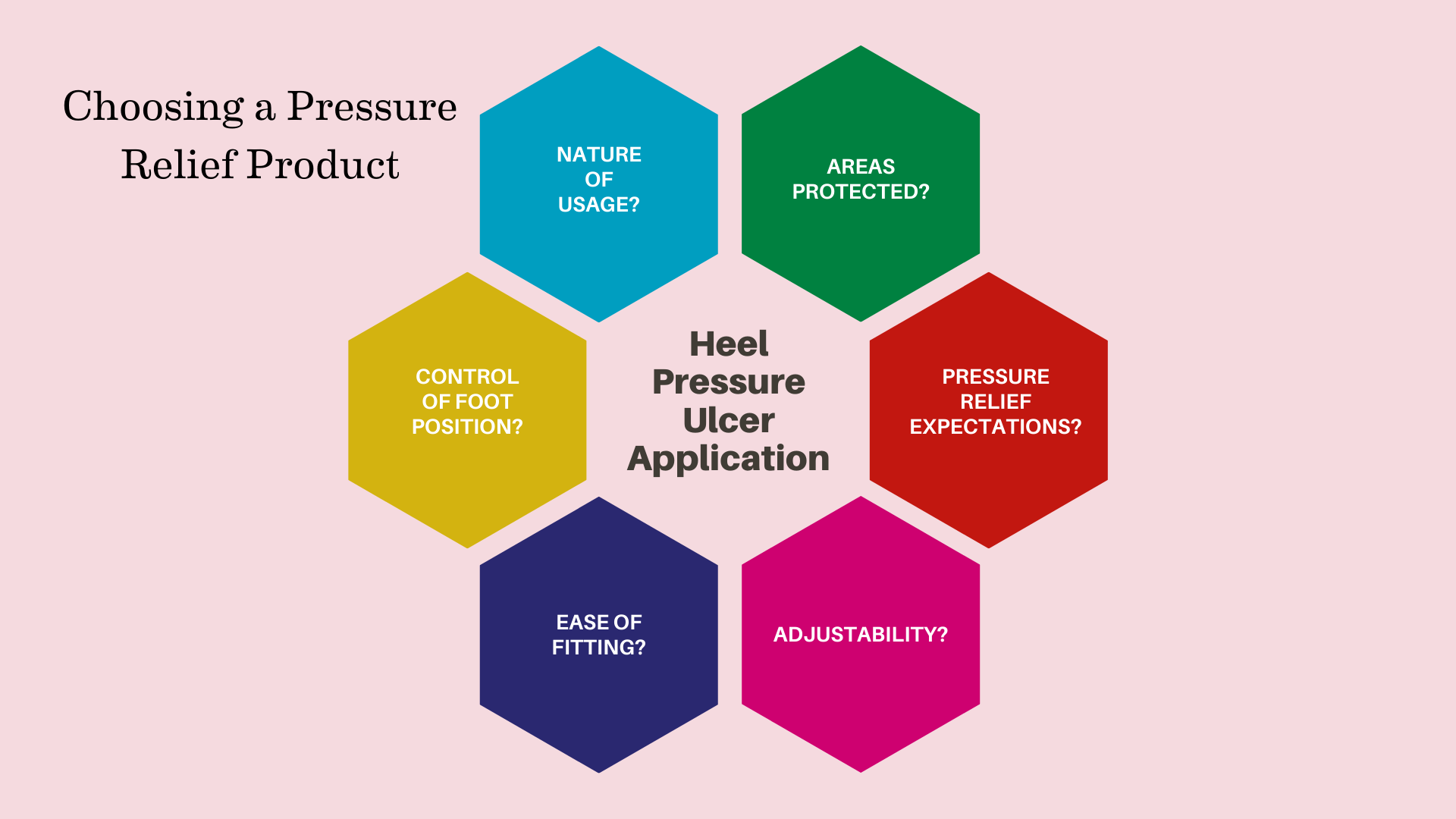Articles
Filter by Topic
- Adaptive Sport 1
- Artificial Intelligence 1
- Bike Labyrinth 3
- Bone density 1
- Brachial Plexus 1
- Bridging the Gap 1
- Bridging the Gap 1
- Carbonhand 4
- Cardiovascular 1
- Client Stories 4
- Cognition 1
- Company Updates 3
- Decision Making 1
- Dementia 1
- Denervation 21
- Diabetic Foot 12
- Efficiency 1
- Electrotherapy 27
- Exercise Benefits 28
- FES Cycling 12
- Functional Electrical Stimulation (FES) 55
- Gait 2
- Goal Setting 5
- Grip 3
- Healthspan 2
- Indego 13
- Lifestyle 8
- Lower Motor Neuron 1
- Mobility 17
- Motivation 2
- NMES 1
- Nerve injury 1
- NexStride 1
- Occupational Therapy 1
- Orthotic 15
- PRAFO 22
- Pain 5
- Parkinsons 2
- Pressure Ulcers 10
- Product Updates 7
- RISE Stimulator 9
- Safety 2
- Sponsor 1
- Standing 4
- Stim2Go 2
- Stimulette den2x 5
- Support 1
- TENS 1
- Technology 17
- Tek RMD 21
Article Length
- 1 minute read 3
- 10 minute read 9
- 11 minute read 7
- 12 minute read 7
- 15 minute read 6
- 18 minute read 1
- 19 minute read 1
- 2 minute read 4
- 26 minute read 1
- 27 minute read 1
- 28 minute read 1
- 3 minutes read 9
- 4 minute read 34
- 5 Minute read 12
- 6 minute read 6
- 7 minute read 13
- 8 minute read 6
- 9 minute read 3
- FES 2
- FoG 1
- PRAFO 1
- Seven Minute Read 1
- awareness 1
- carbonhand 2
- cognitive 1
- cues 1
- freezing gait 1
- freezing of gait 1
- gait 1
- neurological 1
- neuroplasticity 1
- nexstride 2
- occupational therapy 1
- occupational therapy day 1
- orthopaedics 1
- orthotic 1
- parkinson's 1
- pressure 1
- pressure relief 1
- prevention 1
- rehabilitation 2
- stroke 1
- ulcers 1
- world stroke day 1
Pressure ulcers: The common risk factors
Pressure ulcers are a significant problem in the UK, particularly for bedridden patients or those with limited mobility. They occur in up to 23% of patients in acute care facilities and up to 33% of patients in long-term care facilities. At Anatomical Concepts, we are particularly interested in heel pressure ulcers, accounting for approximately 25% of all ulcers.
To prevent these ulcers, we should know the risk factors which are partly "mechanical" and partly "medical". We discuss the major ones and notice how these factors can overlap. We finish by looking at how the PRAFO range of orthoses can help
Heel Ulcers: Symptoms, Causes, and Treatments
A heel ulcer, also known as a pressure ulcer or, in the past, as a pressure sore, is a wound that develops from prolonged pressure on the skin and underlying tissue. It is most common in the elderly who may be immobile and nutritionally challenged - and those with medical conditions such as diabetes, peripheral arterial disease, or spinal cord injury. Heel ulcers occur when pressure is applied to the heel for extended periods, cutting off blood flow to the localised tissue and causing skin and subcutaneous tissue damage.
Heel ulcers are not a new problem. They represent a massive cost to the NHS and of course an emotional and physical burden on those who experience them. In this article we describe the characteristics of heel ulcers and the role of the PRAFO range in their prevention or treatment.
Combatting Pressure Ulcers: Stop the Pressure Week is here
The STOP Pressure Week (13-17 Nov) initiative aims to combat pressure ulcers by emphasising the significance of 'Every Contact Counts'. In this article, we aim to raise awareness and take proactive measures to safeguard individuals at risk, with a specific focus on preventing heel pressure ulcers. Additionally, we will delve into the discussion of the PRAFO range of devices, which play a pivotal role in both prevention and treatment.
Solve equinus contractures with an innovative orthotic device
Looking for a solution to equinus contractures? Our Dynamic Dorsi-Assist (DDA™) Ankle Foot Orthosis (654SKG) offers innovative orthotic care that is adjustable and personalized to your needs. Our orthotic devices provide immediate relief and support long-term rehabilitation. We also offer a pediatric version of the DDA™, the 554SKG, to extend our impact to patients of all ages.
How to Prevent Heel Pressure Ulcers: First Understand What Causes Them?
Discover how to prevent pressure sores on heels in this insightful blog post. Learn about the risk factors, influencing factors and effective prevention tips. Explore the range of heel protectors that offer more than just protection, supporting safe mobilisation and aiding the patient's recovery journey. Available in various sizes and liner interfaces.
How to Choose the Best Heel Protectors for Pressure Ulcer Prevention or Treatment
Pressure ulcers, sometimes known as pressure sores, or bedsores, can be a serious health concern for those who are bedridden, have limited mobility or have additional medical risk factors such as diabetic foot disease.
Even though we know what causes pressure ulcers, and recognise that prevention is best, they still cost the NHS £3.8 million per day to treat.
Heel protectors are an important tool in preventing and treating these pressure sores, but, with so many options available, it can be difficult to know which ones are best for your needs. This guide will help you choose the best heel protectors. It's probably not as straightforward as you might have thought.
As you might expect, we will describe why the PRAFO range of ankle-foot orthoses ranks as the market leader for this type of product because of how they manage the broadest aspects of risk.




